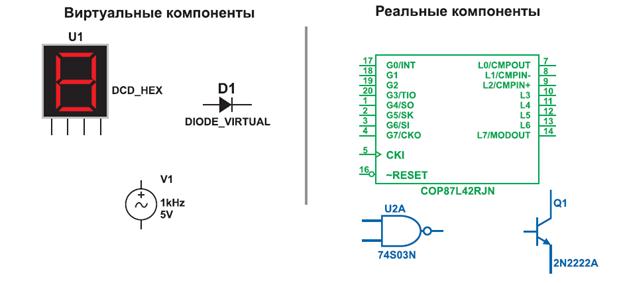A letter must contain many parts to communicate its message. These parts and their placement in your letter form the basic conventions of effective letter writing. Your reader will be in the habit of looking for certain information in certain places in your letter. It is your responsibility as a letter writer to meet your reader's expectations. By doing so you will create a good impression.
| Letterhead
|
| It is printed and supplied by your employer. It is used only for the first page of the letter.
|
|
| Trading name
| It must be registered and displayed.
|
|
| Logo
| It is a visual symbol or device which communicates memorably what a company or institution does, or with what it would like to be associated.
|
|
| Postal address
Post code (BE), Zip code (AE)
Telephone number
Telegraphic, cablegram address
Telex number
|
|
| BE
| Names of directors
Addresses of registered office
Registered number
Registered location
| The legal requirements are to protect the letter’s reader from difficulties of identification or communication resulting from unscrupulous dealings.
|
| Letter reference
| 1. The letter-writer’s initials
2. The letter-typist’s initials
3. A coded file reference
| ‘Our ref’ is given to outgoing letter.
‘Your ref’ – to incoming letter.
In the US, it is normally situated in the end of a business letter.
e.g. Our ref HT/JN WA 151 (BE)
Your ref LMK/pb (BE)
JB:DB (AE)
JB:db (AE)
|
| Date
| Day, month, year
| It is typed few lines below the letterhead.
e.g. 16th July,1991 (BE)
16th July 1991 (BE)
July 16th 1991 (AE)
July 16,1991 (AE)
NB 3/1/94 - the third of January nineteen ninety-four (BE)
- the first of March nineteen ninety-four (AE)
|
| Reader of the letter
| Company, institution or individual
|
|
| Reader’s address
| Name, street, town, county or state, post code, country
| It is typed as it will appear on the envelope
|
| Attention reference
| Specified person’s title or position and name following on the same line
| It is not always required. It should be used when the letter is addressed to a company or organization as a whole, but you want it to be handled by a specific individual at the company or within the organization. It should be underlined or typed in capitals.
e.g. For attention of Mr Greene (BE)
ATTENION: Mr Greene (AE)
|
| Care of
| c / o
| It refers to a person in the company who is responsible to take care of the letter and delivery to a relevant person / department.
|
| Salutation
| Commonly greeting (Dear …) a courtesy title, reader’s last name
| ‘Dear Sir’, ‘Dear Madam’, ‘Ladies and Gentlemen’, are acceptable in cases of extreme formality. When the reader’s name is not known, the person’s title is the next best term in a salutation.
|
| Subject-heading
| Brief summary of letter’s theme
| It is often omitted, but its inclusion is a courtesy to your reader. By alerting him to the content of your message, you enable him to decide whether the letter requires immediate attention. It should be underlined or typed in capitals.
e.g. REPAIR OF MODEL 7342 (BE)
Repair of model 7342 (BE)
SUBJECT: Repair of model 7342 (AE)
In AMS format the word ‘subject’ is omitted.
|
| Letter message
| Content
|
|
| Complimentary close
| Closing assurance
| It’s a polite formal way to end a letter.
Standard forms are:
Yours sincerely,
Yours faithfully, etc.
|
| Signature
| Author’s signature
|
|
| Author’s identity
| Typescript of author’s name
| It is typed four lines below the complimentary close to allow space for the signature. When letters are signed by a secretary for his / her principle, ‘for’ or ‘p.p.’ is commonly inserted before the typescript name.
e.g. for John Smith
Production Manager
|
| Author’s official title
| Author’s title or position in the company
|
|
| Enclosure
| Indication of accompanying material
| This is a practical courtesy to prevent your reader from discarding important matter with the envelope. It consists of:
enc. encs. Enc. Encs. Encl.
Enclosure Enclosures
|
| Letter copy(ies) reference
| Indication of copies ‘ recipients
| It tells the reader who has been sent a carbon copy of the letter and consists of: copy to, copies to,
cc (carbon copy), xc (xerox copy)
|
| Continuation sheet details
| Page number, date and recipient name
| It is typed at the head of page 2 and subsequent pages of the letter.
|






